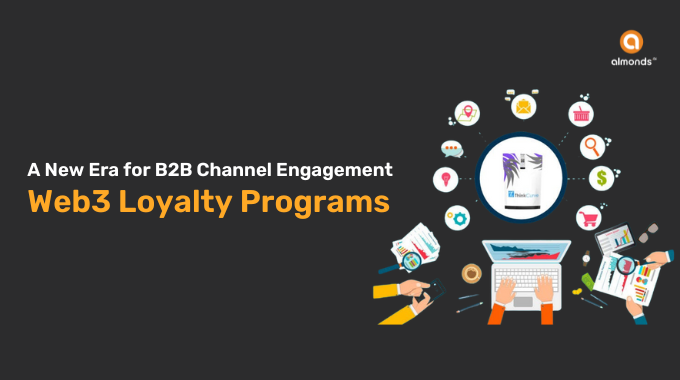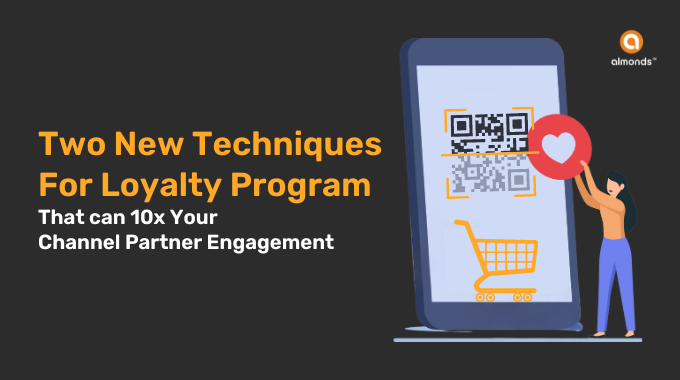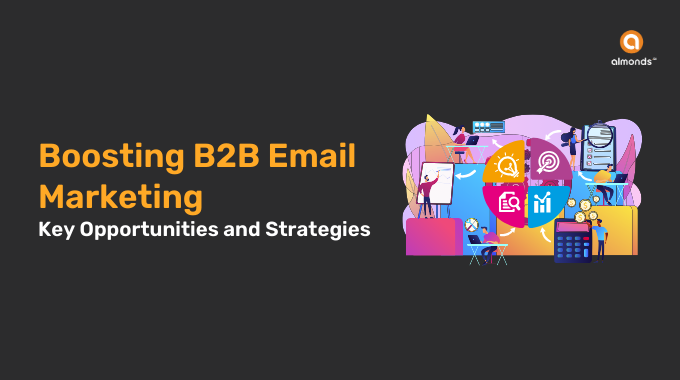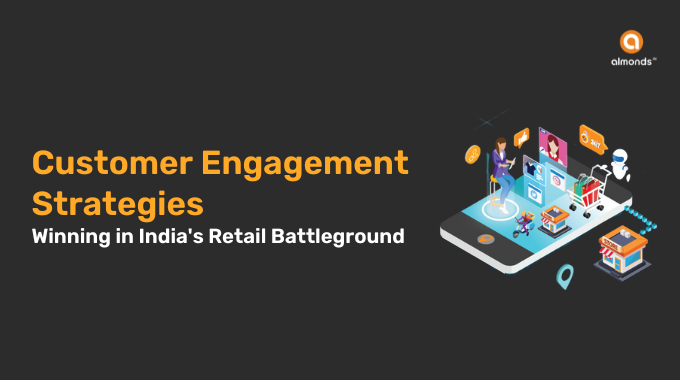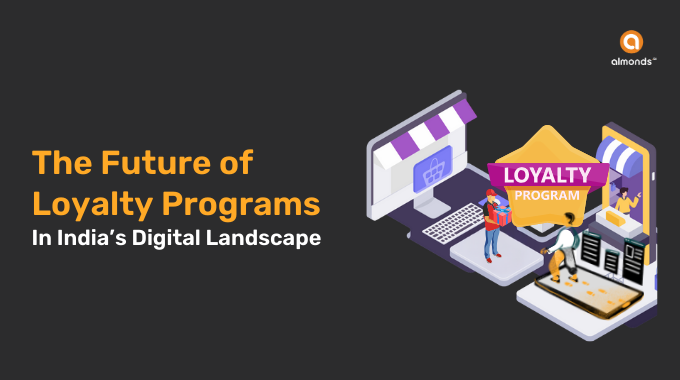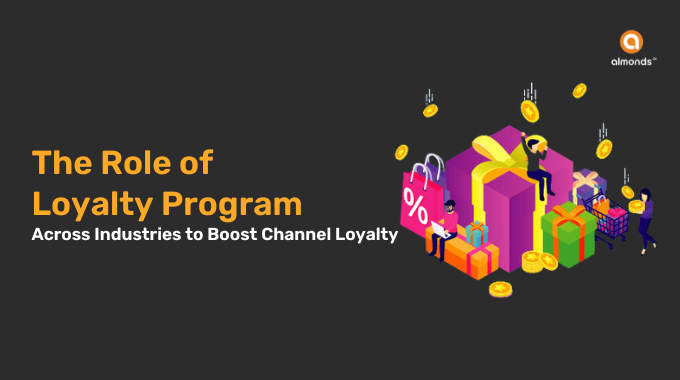Loyalty programs in India have evolved from simple point-based systems to sophisticated tools that drive customer retention and brand loyalty. Here consumer behavior is rapidly shifting due to digital transformation and the rise of e-commerce, loyalty programs have become even more critical for businesses.
Brands are increasingly focusing on creating loyalty programs that not only attract customers but also retain them by offering personalized and valuable experiences. As consumer expectations continue to rise, Indian brands must innovate and adapt their loyalty strategies to stay competitive in this dynamic market.
This blog will explore the key trends driving loyalty programs in India, the expectations and behaviors of modern consumers, and the challenges and opportunities that brands face in this space.
1. Key Drivers of Loyalty Programs in India
In recent years, several factors have contributed to the increasing importance of loyalty programs in India. These drivers are shaping how businesses approach customer retention and engagement.
Rising Cost of Living
The rising cost of living in India has significantly impacted consumer spending habits. With inflation affecting household budgets, consumers are becoming more cautious about where they spend their money. This has led to a greater emphasis on loyalty programs that offer tangible financial benefits such as discounts, cashback, and vouchers.
Brands that can provide value through these incentives are more likely to see higher participation in their loyalty programs. The ability to stretch their money further is a significant motivator for Indian consumers, making loyalty programs a vital tool for businesses looking to retain their customer base.
Growth in E-commerce
The exponential growth of e-commerce in India has revolutionized the way consumers shop. The convenience of online shopping, combined with the widespread adoption of smartphones and internet access, has led to a surge in online transactions. This shift has prompted brands to focus on digital engagement, with loyalty programs becoming an integral part of the online shopping experience.
E-commerce platforms in India, such as Amazon and Flipkart, have successfully integrated loyalty programs that offer personalized rewards, exclusive discounts, and faster delivery options. As a result, consumers are increasingly drawn to brands that offer these added benefits, further solidifying the importance of loyalty programs in the digital age.
Interest in Experiences
Indian consumers are increasingly valuing experiences over material goods. This shift reflects a broader trend where consumers seek emotional connections with brands rather than just transactional relationships.
Brands are now focusing on offering experiential rewards, such as exclusive events, personalized experiences, and community-building activities. By creating memorable experiences that resonate with their customers, brands can foster deeper emotional loyalty. This trend is particularly evident among younger demographics, who prioritize experiences that align with their values and lifestyle.
For businesses, this means developing loyalty programs that go beyond discounts and rewards to offer unique and engaging experiences that build long-lasting relationships with customers.
2. Consumer Expectations and Trends
As the Indian market continues to evolve, so do the expectations and behaviors of consumers. Understanding these trends is crucial for brands looking to design effective loyalty programs.
Beyond Discounts To Keep Them Engage
While financial incentives remain important, Indian consumers are increasingly looking for loyalty programs that offer more than just discounts. They want programs that align with their lifestyle, values, and interests. This has led to the rise of loyalty programs that focus on offering rewards related to health and wellness, eco-friendly products, and travel experiences.
Brands are responding by creating B2B loyalty programs that provide a holistic brand experience, encompassing a wide range of rewards that cater to different aspects of consumers’ lives. This shift towards lifestyle-oriented rewards is helping brands differentiate themselves in a crowded market and build stronger connections with their customers.
Emotional Loyalty to Build Customer Loyalty
Building emotional loyalty is becoming a key focus for brands in India. Consumers are drawn to brands that offer unique experiences and foster a sense of community. By creating personalized interactions and building brand communities, loyalty management platforms can enhance customer loyalty and retention.
Emotional loyalty is driven by a brand’s ability to connect with consumers on a deeper level, creating a sense of belonging and trust. This approach not only increases customer retention but also encourages word-of-mouth marketing, as emotionally loyal customers are more likely to recommend a brand to others.
Spending on Experiences
The trend of prioritizing experiences over material goods is gaining traction in India, especially among younger consumers. This shift presents an opportunity for brands to design loyalty programs that offer experience-based rewards, such as travel packages, event tickets, and exclusive access to cultural experiences. By tapping into this trend, channel marketing strategies can create more engaging and memorable loyalty programs that resonate with modern consumers.
Offering experience-based rewards can also help brands stand out in a competitive market, as these rewards are often seen as more valuable and meaningful than traditional discounts or vouchers.
3. Optimizing Reward Value
To maximize the effectiveness of loyalty programs, brands must focus on optimizing the value of the rewards they offer. This involves strategic partnerships, personalized offers, and innovative subscription-based models.
Cross-channel Marketing and Partnership
Strategic partnerships are becoming increasingly important in enhancing the value of loyalty rewards. By collaborating with other brands, businesses can expand their reward offerings and provide customers with a wider range of options.
For example, partnerships between e-commerce platforms and travel companies can offer customers discounts on flights or hotel bookings as part of their loyalty program. These collaborations not only add value to the loyalty program but also create new opportunities for cross-promotion and customer acquisition.
Subscription-based Schemes
Subscription models are gaining popularity in India, offering consumers a continuous stream of benefits in exchange for a recurring fee. These models provide a steady revenue stream for businesses while encouraging long-term customer loyalty by offering exclusive rewards and personalized experiences.
For instance, subscription services like Amazon Prime have successfully combined fast delivery, exclusive deals, and access to streaming services to create a comprehensive loyalty offering. This approach not only attracts new customers but also retains existing ones by consistently delivering value.
Personalized Offers
Personalization is key to creating effective loyalty programs. B2B customer engagement platforms are increasingly using data analytics to tailor rewards to individual preferences, making the loyalty program more relevant and appealing to each customer.
Personalized offers, such as birthday discounts or special promotions based on past purchases, enhance the customer experience and increase the likelihood of repeat business. By leveraging customer data, brands can create targeted campaigns that resonate with their audience and drive higher engagement.
4. Challenges and Opportunities
While loyalty programs offer numerous benefits, they also come with challenges that brands must address to ensure their success.
Consumer Uncertainty
One of the challenges facing loyalty programs in India is consumer uncertainty, particularly when customers are enrolled in multiple programs. With so many options available, it can be difficult for consumers to differentiate between programs, which can weaken their overall loyalty. To overcome this challenge, brands must find ways to make their programs stand out.
This could involve offering unique rewards, superior customer service, or a more personalized approach that resonates with the target audience. By differentiating their loyalty program from competitors, brands can build stronger relationships with their customers and increase retention rates.
Differentiation
In a crowded market, differentiation is key to the success of a loyalty program. Brands need to offer something unique that sets their program apart from the competition. This could be in the form of exclusive rewards, a seamless user experience, or innovative engagement strategies that resonate with the target audience.
For instance, loyalty programs that offer eco-friendly rewards or support social causes can appeal to consumers who value sustainability and corporate social responsibility. By aligning their loyalty program with the values and interests of their customers, brands can create a more meaningful and impactful program.
Leveraging Data
Data is the backbone of modern loyalty programs. By leveraging customer data, brands can gain insights into consumer behavior, preferences, and spending patterns, allowing them to tailor their programs more effectively. Loyalty management platforms that utilize data-driven strategies can optimize their rewards, improve customer engagement, and ultimately drive higher retention rates.
For example, by analyzing purchase history and engagement metrics, brands can identify which rewards are most popular and adjust their offerings accordingly. This data-driven approach ensures that loyalty programs remain relevant and effective in meeting the needs of consumers.
5. Leading Brands and Best Practices
Several Indian brands have successfully implemented loyalty programs that stand out in the market. These programs offer valuable insights into best practices and strategies for driving engagement and retention.
Top Performers
Amazon India and Flipkart are leading examples of successful loyalty programs in the Indian market. Both platforms have leveraged their extensive customer bases to create robust loyalty programs that offer a wide range of rewards and benefits. Amazon Prime, for example, offers fast delivery, exclusive deals, and access to streaming services, creating a comprehensive loyalty offering that appeals to a broad audience.
Similarly, Swiggy’s loyalty program has gained popularity by offering personalized rewards and exclusive discounts to frequent users. These programs have not only attracted new customers but also retained existing ones by consistently delivering value.
Engagement Strategies
Effective engagement strategies are crucial for the success of loyalty programs. Brands that actively engage with their customers through regular communication, personalized offers, and community-building activities are more likely to retain their customers and build long-term loyalty.
For instance, B2B loyalty rewards programs that focus on creating a seamless and engaging experience will see higher participation and retention rates. By consistently engaging with customers and providing relevant and valuable rewards, brands can foster a sense of loyalty and commitment among their audience.
Conclusion
The landscape of loyalty programs in India is rapidly evolving, driven by changing consumer expectations, technological advancements, and the growth of e-commerce. To stay competitive, brands must innovate and adapt their loyalty strategies to meet the needs of modern consumers.
By focusing on emotional loyalty, personalized experiences, and strategic partnerships, businesses can create loyalty programs that not only attract customers but also foster long-term engagement and retention.
Brands in India must seize the opportunity to transform their loyalty programs to meet the demands of today’s consumers. Book a demo with Almonds Ai to explore how our platform can help you design and implement cutting-edge loyalty programs that resonate with your audience.


